
Today we speak with Steven T. Rosen, MD, about a couple of the projects he and his group are working on, repurposing old drugs for the treatment of multiple myeloma, that will be presented this year at ASH.

Your AI-Trained Oncology Knowledge Connection!



Today we speak with Steven T. Rosen, MD, about a couple of the projects he and his group are working on, repurposing old drugs for the treatment of multiple myeloma, that will be presented this year at ASH.
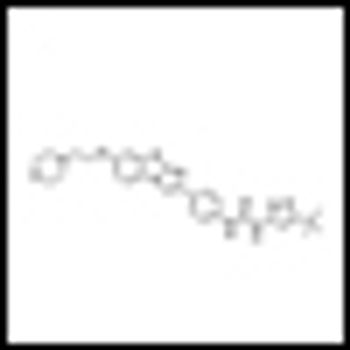
Final results of a cohort from a phase II monotherapy trial of quizartinib in acute myeloid leukemia patients showed that more than half of patients 60 years of age and older who harbored an internal tandem duplication in the FMS-like tyrosine kinase 3 had a composite complete remission.
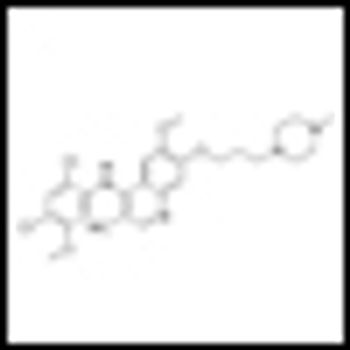
Despite a better major molecular response rate, the Src/Abl tyrosine kinase inhibitor bosutinib did no better than imatinib with regard to complete cytogenetic response in the BELA trial of patients with newly diagnosed chronic myeloid leukemia (CML).
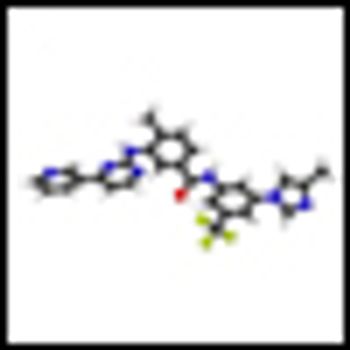
The second generation tyrosine kinase inhibitor nilotinib (Tasigna, Novartis) has proven to be an effective treatment for imatinib-resistant patients with chronic myeloid leukemia (CML). Just as with imatinib, however, some resistance has been observed.

Most cases the clinical management of CLL patients with del(17p13.1) poses enormous challenges, and patients should be included in clinical trials whenever possible. However, there are a number of promising novel drugs and immunotherapy strategies under investigation.

It is easy to anticipate that as the complex biology of CLL continues to unfold, new prognostic and predictive biomarkers will be recognized. The discovery of genetic mutations that are key regulators of the development, growth, and proliferation of CLL leukemic cells augurs an alluring future.

One strategy would be to consider “early treatment” for patients with deletion 17p, with the goal being to delay disease progression. This strategy is currently being explored in several prospective clinical trials employing treatment regimens such as FCR, lenalidomide (Revlimid), alemtuzumab (Campath), ofatumumab (Arzerra), and others.

This review will discuss the pathophysiology associated with the del(17p13.1) interphase cytogenetic abnormality, the current generally poor outcomes in affected patients, currently approved therapeutic agents, and new agents now undergoing investigation.

The FDA today approved omacetaxine mepesuccinate (Synribo) for the treatment of adults with chronic myeloid leukemia (CML) who are resistant to other therapies.
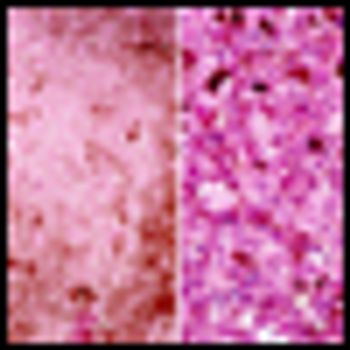
A new review of the literature shows that melanoma is substantially more common in immunosuppressed patients, including those with prior solid organ transplant and individuals with lymphoma.

Physicians now have the luxury of focusing attention on maximizing outcomes that are already quite favorable, and of devoting more attention to improving quality of life and addressing questions of cost-effectiveness.

Resistance due to new mutations in the genes coding for the targeted proteins, as well as to changes in other signaling pathways, often develops, and newer drugs and perhaps combination approaches may be needed.

Is it reasonable to start all new CML patients on treatment with imatinib alone and continue the drug indefinitely in those who fare well, or should one start treatment with one of the newer agents or possibly with imatinib in combination with another anti-CML agent in order to secure the best possible outcome for an individual patient?
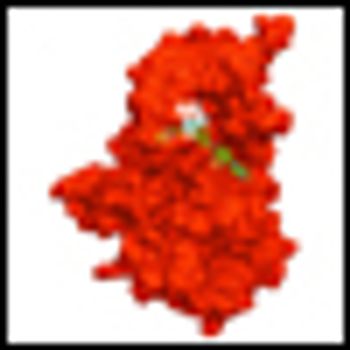
Ariad Pharmaceuticals followed last month’s request to the FDA for accelerated approval of the BCR-ABL inhibitor ponatinib with a similar request to the European Medicines Agency.

The most interesting developments in drug therapy for adult ALL are occurring in two fields: (1) molecularly targeted therapies and (2) the use of antibodies, conjugated antibodies, or antibody constructs.

It is clear that the management of adult patients with ALL is an area in which little progress has been made in the last 30 years. Given the disappointing outcomes, the field is one that lends itself to the study of the incorporation of novel agents, including monoclonal antibodies and tyrosine kinase and proteasome inhibitors, as well as to further study of allogeneic transplant.

In this review, we will discuss the management of ALL in the adult population, in the context of the recently published guidelines from the NCCN. We will focus in particular on the strides being made in salvage and targeted approaches.
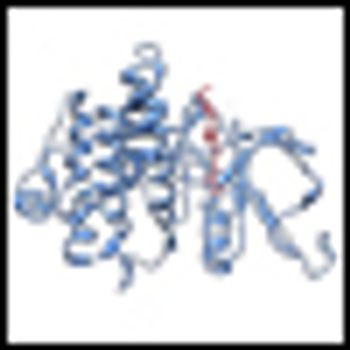
A study comparing dasatinib to imatinib in patients with chronic myeloid leukemia found that the second-generation TKI dasatinib yielded better remission and molecular response rates than imatinib, but these did not result in better survival outcomes.

The FDA approved the tyrosine kinase inhibitor bosutinib (Bosulif) to treat Philadelphia chromosome–positive chronic myelogenous leukemia (CML).
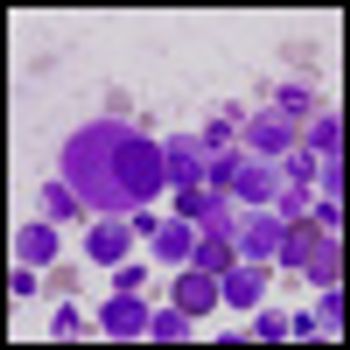
A common genetic mutation in BIM appears to play a role in resistance to tyrosine kinase inhibitors in chronic myeloid leukemia (CML) and EGFR-mutated NSCLC.

The FDA has approved vincristine sulfate liposome injection (Marqibo) to treat adults with Philadelphia chromosome–negative acute lymphoblastic leukemia (ALL).
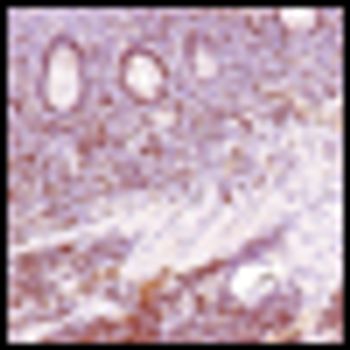
A new study finds that adding rituximab maintenance to R-CHOP induction is an effective treatment for older patients with mantle-cell lymphoma.
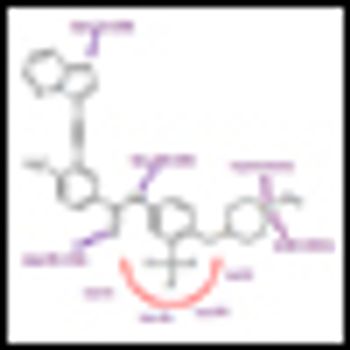
Ariad Pharmaceuticals has asked the FDA for an accelerated approval of the BCR-ABL inhibitor ponatinib, based on promising data from ongoing phase II trials.

Acute myeloid leukemia (AML) encompasses multiple disease entities that differ with regard to marrow morphology, cytochemistry, immunophenotype, pretreatment clinical characteristics, and treatment outcome.

Prognostic factors in acute myeloid leukemia (AML) may be subdivided into those related to patient characteristics and general health condition, and those related to characteristics of the tumor.